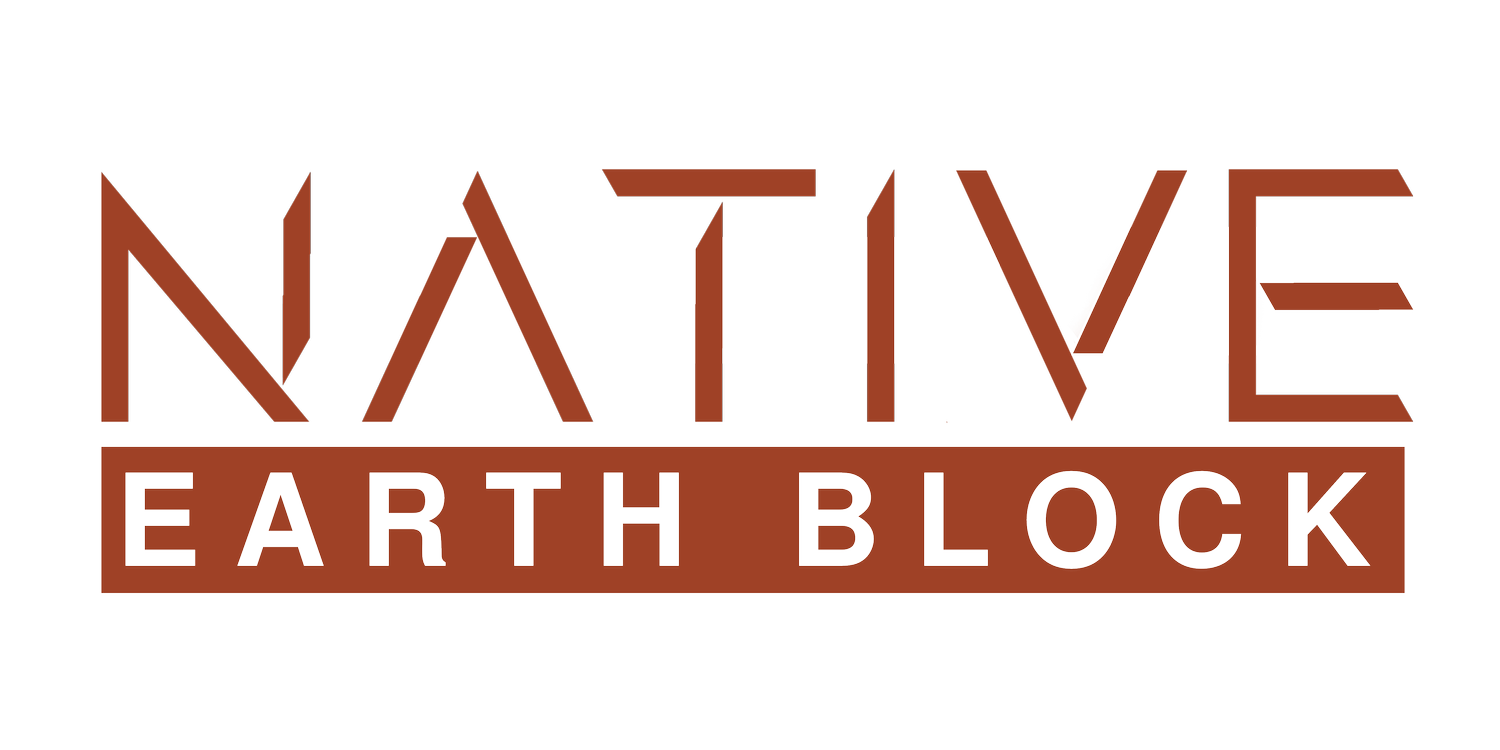Compressed Earth Blocks vs. Traditional Bricks
When it comes to sustainable and environmentally-friendly construction materials, two options stand out: Compressed Earth Blocks (CEBs) and Traditional Bricks. Both have been used for centuries, but let’s compare them.
Compressed Earth Blocks (CEBs):
Eco-friendly and Sustainable: CEBs are made from natural materials like earth, clay, sand, and sometimes a small amount of cement as a stabilizer. Compared to the energy-intensive production of traditional bricks, the manufacturing process of CEBs consumes less energy and generates lower carbon emissions, making them a greener option.
Cost-effective: One of the most significant advantages of CEBs is their affordability. As they are produced from locally available raw materials, transportation costs are significantly reduced, which benefits both the environment and your budget. Additionally, the simple production process can be managed with minimal machinery and labor, further reducing costs.
Energy-efficient: CEBs have excellent thermal properties, providing natural insulation against extreme temperatures. They retain heat during colder months and keep interiors cool in hot weather, leading to lower energy consumption for heating and cooling.
High Durability: CEBs are surprisingly robust and durable when correctly manufactured and stabilized. They can withstand heavy loads and have good resistance to fire, pests, and decay, making them suitable for long-lasting construction.
Aesthetically Pleasing: With their natural and earthy appearance, CEBs offer a unique and aesthetically pleasing finish to buildings. The varying color tones and textures add a rustic charm that appeals to eco-conscious individuals and architects alike.
Traditional Bricks:
Energy-Intensive Production: The manufacturing process of traditional bricks involves firing clay at high temperatures in kilns, which requires substantial amounts of energy and contributes to greenhouse gas emissions.
Limited Thermal Insulation: Traditional bricks offer limited thermal insulation properties compared to CEBs, leading to higher energy consumption for heating and cooling.
Higher Cost: The production and transportation costs of traditional bricks can be higher, especially when sourcing from distant locations, which impacts the overall project budget.
Choosing between Compressed Earth Blocks (CEBs) and Traditional Bricks depends on various factors such as the project location, budget, aesthetic preferences, and sustainability goals. CEBs excel in eco-friendliness, cost-effectiveness, and energy efficiency.

